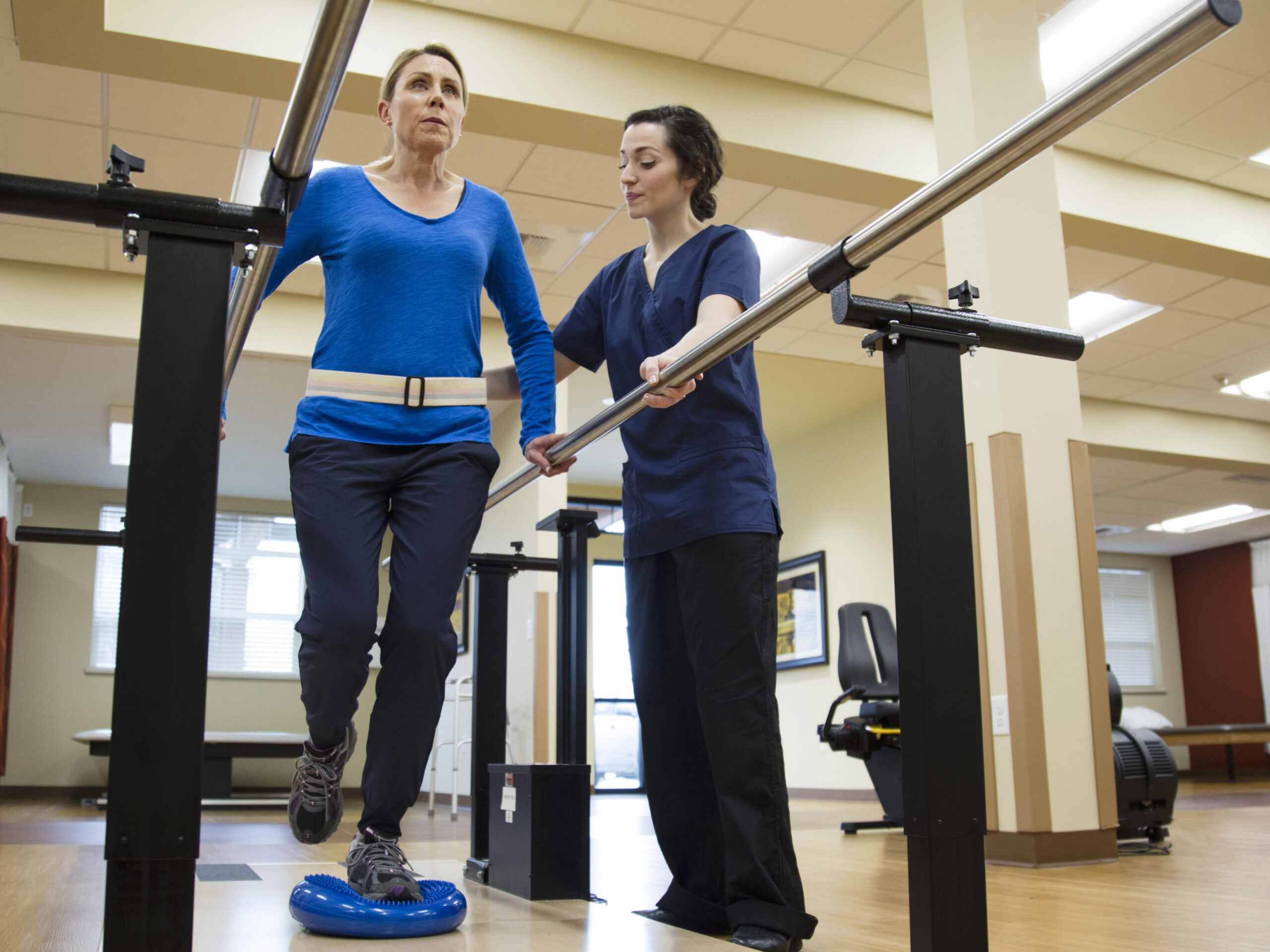Sponsored Content by ProAssurance
Key Considerations in Telemedicine: What Treating Physicians and Their Organizations Need to Note

The COVID-19 pandemic changed the practice of medicine and paved the way for a vast increase in the number of physicians using telemedicine to treat patients. While we tend to think of telemedicine as being a relatively new offering in the healthcare sphere, providing care across long distances has really been around since the beginning of medicine, according to Patrick O’Doherty, Vice President of Custom Physicians at ProAssurance.
“Look back at battlefield injuries,” he said. “When you envision a soldier on the phone with a medic — that was really the first instance of telemedicine. Subsequent wars further established the technological capabilities of providing care remotely and used telemedicine extensively.”
And decades before that, it was commonplace to run or ride a horse into town to fetch the local doctor for a sick family member at home. If the doctor could not make it to the patient’s home, they would send instructions or medicine back with the person who came to get them. “That, too, was healthcare across distance — what we refer to today as telemedicine.”
Radiology has used it for decades. Where the image is made and where it’s read and ultimately where it’s shared with the patient all take place in different areas. In fact, most radiologists today are not reading at a hospital, said O’Doherty.
In fact, there are some instances where there is benefit to separating the provider from the patient — in home health, for instance, where care may be cost prohibitive or where logistics make it nearly impossible for the patient.
“If an elderly diabetic patient in a rural setting must travel 60 miles to see a doctor in person, they’re less likely to seek the care they need,” said O’Doherty. “But if a provider can check on this patient over the internet and modify treatment based on how the patient appears on video, now there’s value to society and medicine. This is where we’re seeing the most of telemedicine’s utilization.”
Technology Safeguards and Limitations

Patrick O’Doherty, Vice President of Custom Physicians at ProAssurance
It’s vital that providers understand the limitations of telemedicine. Most importantly, they should know the state licensure laws of where their patients reside and consider technology safeguards and constraints.
If a patient is depending on them for their primary care, the reliability of their practice’s internet service becomes essential.
“Unexpected technology problems can create a critical gap, which is not something providers often think about,” said Sarah Logue, Assistant Vice President, Miscellaneous Medical, at ProAssurance. “If computer equipment is not up–to-date and you can’t provide services in an appropriate manner simply because of technological issues or poor internet connectivity, that’s never a good position to be in as a healthcare provider and presents additional risks of liability that can be prevented.”
She encourages agents to make it a point to discuss technology requirements and potential pitfalls with clients who may be providing telemedicine or telehealth services.
“Think about the reliability of their systems and whether the systems are protected against unauthorized access or hacks, leading to breaches impacting HIPAA compliance,” said Logue. “There’s a whole cyber component that needs to be considered.”
Importance of Communication

Sarah Logue, Assistant Vice President, Miscellaneous Medical at ProAssurance
For providers, knowing and communicating their limitations to patients should be required as well. A signed informed consent specific to telemedicine services — listing specifically what it will be used for and an agreement of what it will not be used for — is immensely helpful for both the patient and the provider.
“It’s important to think about how to triage patient interactions when, for example, they’ve fallen and hit their head or have chest pains,” said Logue. “A provider’s triage procedures should clearly indicate when to cease using telehealth or telemedicine and have a patient go directly to the ER. This should be communicated to patients well in advance so they’re not waiting for a video call or telemedicine consult in times of emergency.”
Ultimately, telemedicine should exist to improve the patients’ health and well-being. Taking into consideration its limitations and ensuring good practice procedures are in place will help ensure telemedicine services continue to evolve to provide the safest possible care and reduce providers’ exposure to avoidable litigation.
Decades of experience in 50 states across all specialties and all practice modes gives ProAssurance the nuanced expertise that health care providers can rely on to help with addressing liability for telemedicine services the right way. A healthcare professional’s carrier of choice needs to do more than issue a policy. The insurance company needs to provide the resources that help clients protect themselves. Whether it’s issues related to well established modes of practice or emerging issues related to new practice innovations—like telemedicine—ProAssurance is a trusted partner and will provide the necessary resources to help clients practice their best medicine.
For more information on telemedicine, visit ProAssurance.com/Telemed.
This article was produced by the R&I Brand Studio, a unit of the advertising department of Risk & Insurance, in collaboration with ProAssurance. The editorial staff of Risk & Insurance had no role in its preparation.










